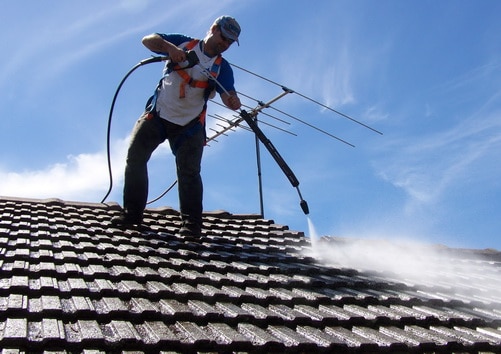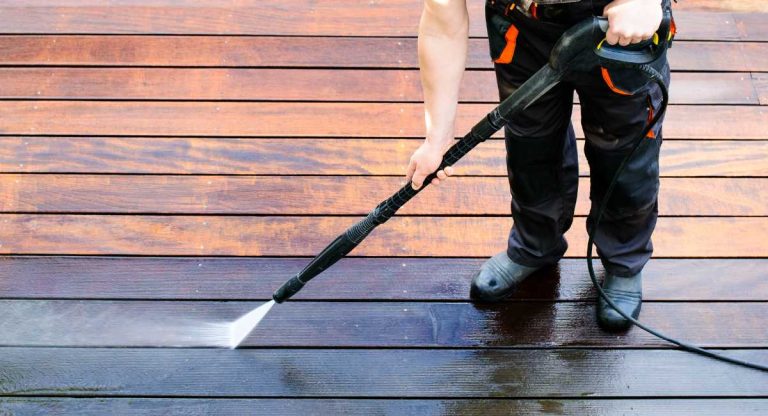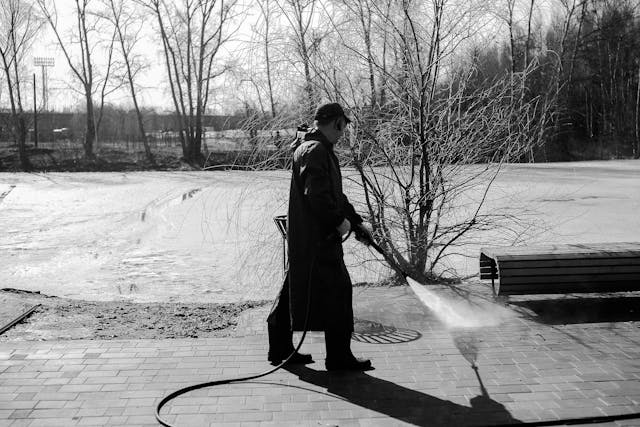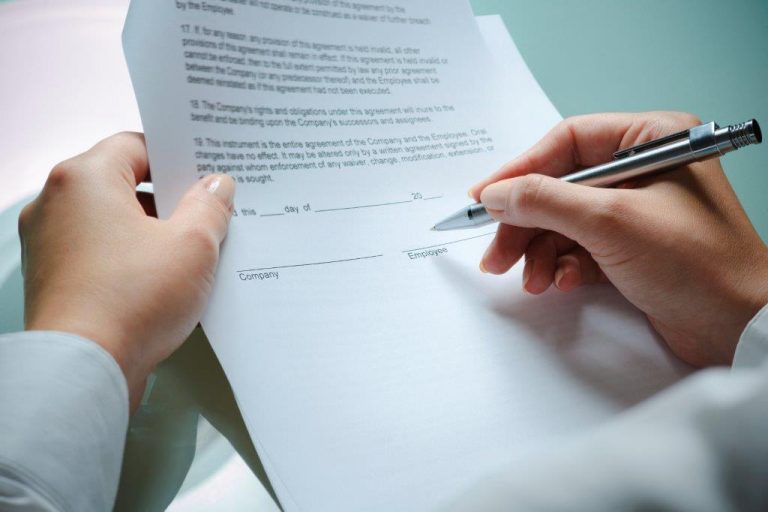
When it comes to power washing, not all surfaces are created equal — and neither are their locations. While washing a ground-level patio or sidewalk is relatively straightforward, cleaning second-story siding, high rooflines, or elevated soffits requires a whole different level of expertise. 🏠💦
Trying to tackle these areas on your own can be dangerous, and hiring the wrong company could leave you with damage, overspray, or a half-cleaned home. Let’s walk through what you need to know when hiring a power washing service for hard-to-reach areas. 🎯🪜
⛓️ Why Elevated Surfaces Are a Challenge
Second stories and rooflines pose unique challenges because they often:
- Require ladders, scaffolding, or lift equipment
- Are more exposed to wind and sun (making dirt and mildew cling harder)
- Have delicate materials like shingles, vents, flashing, or wood trim
- Are harder to rinse evenly from ground level
In short, these areas can’t just be blasted from below with a high-powered hose — technique and equipment matter.
⚠️ Why DIY Isn’t Worth the Risk
Climbing ladders with a pressure washer in hand is a recipe for disaster. Every year, thousands of homeowners are injured from falls related to home maintenance. Add water, slippery surfaces, and powerful pressure — and you’ve got a risky situation. 🚑
Even with good balance, DIY setups often result in:
- Patchy cleaning
- Water forced behind siding or under roof shingles
- Overspray onto windows or landscaping
- Missed mold and mildew in corners or eaves
It’s not just about getting high — it’s about getting it done right. ✅
🧼 How the Pros Handle It
A qualified power washing service will have the tools and techniques to clean elevated surfaces safely and effectively, including:
✅ 1. Telescoping Wands
These long, adjustable poles allow cleaners to reach second stories and overhangs without using ladders. Many extend up to 24–30 feet and are specially designed to handle the water pressure without bending or buckling. 🪄
✅ 2. Soft Wash Systems
For high or delicate areas like:
- Asphalt shingles
- Stucco
- Painted wood trim
- Gutters and fascia
A soft wash approach — using low pressure and biodegradable detergents — lifts mold, mildew, and grime without damaging surfaces. This is especially important on roofs or siding prone to warping or water intrusion. 🌿🧴
Browse Amazon Here For Soft Washing Equipment And Accessories
✅ 3. Lift Equipment
For large jobs or commercial buildings, professional power washers may use:
- Bucket trucks
- Cherry pickers
- Scaffolding
- Roof anchor systems
This equipment ensures worker safety and provides better access for precision cleaning. Don’t trust your two-story home to someone using a wobbly 8-foot ladder. 🏗️
✅ 4. Angle Nozzles and Specialized Attachments
Cleaning under eaves, gutters, or behind dormers requires angled tips and specialty nozzles that help direct water where it needs to go — without hitting surfaces blindly. A pro will know which tips to use for every tricky nook. 🎯
🔍 What to Ask Before Hiring
When evaluating a power washing contractor for elevated areas, ask:
- “Do you have experience cleaning multi-story homes or roofs?”
- “What tools do you use to access hard-to-reach spots?”
- “Do you use soft washing techniques for upper surfaces?”
- “Are your technicians trained in ladder safety or OSHA standards?”
- “Are you fully insured in case of property damage or accidents?”
The right company will have clear answers — and probably photos of past similar jobs. 📸✅
🚫 Red Flags to Avoid
Avoid contractors who:
- Show up with only a basic pressure washer and short hose
- Say they’ll just “crank up the pressure to reach it”
- Don’t mention soft washing or detergents
- Refuse to explain their safety procedures
- Plan to walk around on your roof without protection gear
Remember: elevated cleaning is about precision, not power. Too much pressure from the wrong angle can blow shingles loose or push water into your attic. 😳
💡 Bonus: Other Hard-to-Reach Areas Worth Cleaning
While second stories and roofs are the most common elevated surfaces, also consider:
- Dormer windows
- Skylight edges
- Chimney exteriors
- High-up vent grates
- Balcony undersides
- Tall privacy fences
These areas are often ignored but still collect dirt, spider webs, mold, and algae — reducing your home’s curb appeal and potentially damaging materials over time. 🧽🔍
💵 What Does It Cost?
Elevated or difficult access areas can increase the price of power washing due to the added labor, risk, and tools required. Expect to pay:
- $250–$400 for a full two-story home
- $300–$800 for roof washing (depends on roof type and pitch)
- Additional $50–$150 for difficult eaves or gables
Always ask for an estimate in writing, and make sure it includes safety measures and cleanup. 🧾
🏁 Final Thoughts
Hard-to-reach areas demand a higher level of care — and the right power washing company will come prepared to deliver it. Whether you’re trying to clean siding 20 feet in the air or a roofline full of green algae, hiring pros with the right tools and training is the only safe, effective choice. 💪🪜
Don’t gamble with your safety or your home’s structural integrity. Choose a licensed, insured power washing service that understands the art (and science) of elevated cleaning — and you’ll be rewarded with sparkling surfaces and long-term peace of mind. ✨🏡
Browse Amazon Here For Top Rated Power Washers And Accessories






